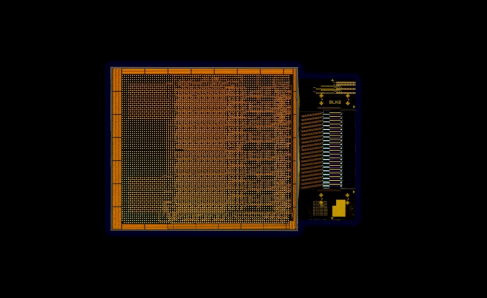
Intel has made a breakthrough in silicon optical integration technology for high-speed data transmission. At the Fiber Optics Conference 2024 (OFC), Intel's Silicon Optical Integrated Solutions (IPS) team demonstrated an industry-leading, fully integrated OCI (Optical Compute Interconnect) core that is packaged with an Intel CPU to run real data. For data center and HPC applications, Intel's OCI cores enable optical I/O (input/output) co-encapsulation in emerging AI infrastructures, driving innovation in high-bandwidth interconnect technology.
Thomas Liljeberg, senior director of Product Management and Strategy in Intel's Silicon-Optical Integrated Solutions team, said: "The transfer of data between servers is constantly increasing, and today's data center infrastructure is severely burdened. Current solutions are rapidly approaching the practical limits of electrical I/O performance. However, with this breakthrough from Intel, customers will be able to seamlessly integrate silicon optical coseal interconnect solutions into next-generation computing systems. "Intel's OCI cores dramatically increase bandwidth, reduce power consumption, and extend transmission distances, helping to accelerate machine learning workloads that drive high-performance AI infrastructure innovation."
The OCI core can support 64 32Gbps channels in one direction over up to 100 meters of fiber, which is expected to meet the growing demand for higher bandwidth, lower power consumption and longer transmission distances in AI infrastructure. It will enable scalable CPU and GPU cluster connectivity and a new computing architecture that includes consistent memory expansion and resource declustering.
AI applications are increasingly being deployed worldwide, and recent developments in large language models and generative AI are accelerating this trend. Larger, more efficient machine learning models will play a key role in the new demand for AI load acceleration. The computing platforms of the future will need to scale for AI, which will require exponentially higher I/O bandwidth and longer transmission distances to support larger clusters of processors (cpus, Gpus, and IPUs) and more efficient architectures for resource utilization, such as xPU deaggregation and memory pooling.
Electrical I/O (i.e. copper trace connection) has high bandwidth density and low power consumption, but the transmission distance is as short as no more than one meter. Pluggable optical transceiver modules used in data centers and early AI clusters can extend transmission distances, but the cost and power consumption are not sustainable in terms of the scaling demands of AI workloads. The xPU opto-optical co-seal I/O solution can support higher bandwidth while improving energy efficiency, reducing latency and extending transmission distance to meet the scaling needs of AI and machine learning infrastructures.
For example, replacing electrical I/O with optical I/O for data transfer in cpus and Gpus is like going from using horse-drawn carriages (limited capacity and distance) to using cars and trucks to deliver goods (larger quantities and longer distances). Optical I/O solutions, such as Intel's OCI cores, achieve this level of improvement in performance and power consumption, thereby helping AI scale.
In a fully integrated OCI core, Intel leverages proven silicon photonics technology to integrate a silicon photonic integrated circuit (PIC) containing an on-chip laser, an optical amplifier, and an electronic integrated circuit. At the Fiber Optic Communications Conference in 2024, Intel demonstrated the OCI core encapsulated with its own CPU, but it can also be integrated with next-generation cpus, Gpus, IPUs and other SoCs (system-level chips).
This fully integrated OCI core delivers two-way data speeds of up to 4 Tbps and is compatible with fifth-generation PCIe. At the Fiber Optics Conference 2024, the real-time optical Link demonstration demonstrated transmitter (Tx) and receiver (Rx) interconnection between two CPU platforms via a single mode fiber (SMF) jumper (patch cord). The bit error rate (BER) was generated and measured by the CPU. Intel also demonstrated the optical spectrum of the transmitter, including eight wavelengths at 200GHz intervals across a single fiber, and a 32Gbps transmitter eye diagram, indicating strong signal quality.
The core currently supports 64 32Gbps channels in one direction, with a transmission distance of up to 100 meters (due to transmission delays, the distance in practical applications may only be limited to tens of meters). It uses eight pairs of optical fibers, each with 8-wavelength dense wavelength division multiplexing (DWDM). This co-packaged solution is also very energy efficient, with power consumption of only 5 picojoules (pJ) per bit, compared to about 15 picojoules per a bit for the pluggable optical transceiver module. High energy efficiency is important for data center and HPC environments to help address the high energy consumption of AI applications and improve sustainability.
Intel Research has been in the field of silicon photonics for more than 25 years and is a pioneer and leader in silicon optical integration. Intel has led the industry in developing and mass-delivering silicon photonic connectivity devices with leading reliability to large cloud service providers.
Intel's main differentiating advantage is its direct integration technology, combined with on-wafer laser hybrid integration technology, which improves yields and reduces costs. This unique approach enables Intel to achieve superior performance while maintaining a high energy efficiency ratio. Backed by a robust volume production platform, Intel has shipped more than 8 million silicon photonic integrated circuits, including up to 32 million on-chip lasers, with time-base failure rates (FIT) of less than 0.1. Time base failure rate is a widely used method of measuring reliability, which reflects the failure rate and the number of failures that occur.
These silicon photonic integrated circuits are packaged in pluggable transceiver modules and deployed in large data center networks of ultra-large-scale cloud service providers for applications requiring transfer rates up to 100, 200 and 400 Gbps. Silicon photonic integrated circuits with speeds up to 200G/ channel are being developed for emerging applications requiring transmission rates up to 800 Gbps and 1.6 Tbps.
Intel is also exploring new silicon photonic manufacturing process nodes that offer advanced device performance, higher density, better coupling, and significantly improved economics. Intel will continue to make advancements in on-chip lasers and performance, cost (more than 40% reduction in chip area) and power consumption (more than 15% reduction).
Intel's OCI cores are still in the prototype stage. Intel is working with customers to develop co-sealed OCI and customer SOCs as solutions for optical I/O. Intel's OCI cores drive advances in high-speed data transmission technology. As AI infrastructure continues to evolve, Intel will continue to drive cutting-edge technology innovation and explore future-proof connectivity technologies.
The Products You May Be Interested In
 |
2117 | UNIVERSAL QI WIRELESS CHARGING M | 387 More on Order |
 |
2115 | UNIVERSAL QI WIRELESS CHARGING M | 206 More on Order |
 |
3844 | 4X4 MATRIX KEYPAD | 398 More on Order |
 |
560 | RUGGED METAL PUSHBUTTON | 127 More on Order |
 |
1766 | FAST VIBRATION SENSOR SWITCH (EA | 1928 More on Order |
 |
658 | AC/DC DESKTOP ADAPTER 5V 50W | 759 More on Order |
 |
623 | PANEL ELECTROLUM EL 10X10CM AQUA | 140 More on Order |
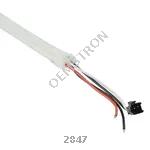 |
2847 | ADDRESS LED STRIP SERIAL RGBW 1M | 466 More on Order |
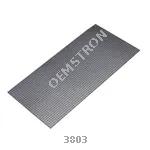 |
3803 | ADDRESS LED 64X32 FLEX RGB MATRX | 262 More on Order |
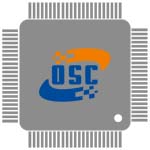 |
2435 | DOTSTAR LED STRIP - ADDRESSABLE | 455 More on Order |
 |
3668 | ADDRESS LED MODULE I2C WHITE | 306 More on Order |
 |
1614 | ADDRESS LED MATRIX I2C WHITE | 366 More on Order |
 |
2158 | ADDRESS LED 14 SEG I2C YELLOW | 304 More on Order |
 |
870 | ADDRESS LED MATRIX I2C RED | 264 More on Order |
 |
872 | ADDRESS LED MATRIX I2C GREEN | 293 More on Order |
 |
3631 | ADDRESS LED STRIP RGBW | 296 More on Order |
 |
3630 | ADDRESS LED STRIP RGBW | 325 More on Order |
 |
2846 | ADDRESS LED STRIP SERIAL RGBW 1M | 386 More on Order |
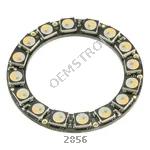 |
2856 | ADDRESS LED RING SERIAL RGBW | 527 More on Order |
 |
2241 | ADDRESS LED STRIP SERIAL RGB 1M | 428 More on Order |
 |
4166 | FIBER OPTIC LIGHT SOURCE 1W GRN | 443 More on Order |
 |
3855 | ESPRUINO PIXL.JS - JAVASCRIPT MI | 238 More on Order |
 |
302 | DIFFUSED RGB 5MM LED (25 PACK) | 395 More on Order |
 |
4041 | DIFFUSED RED INDICATOR LED - 15M | 518 More on Order |

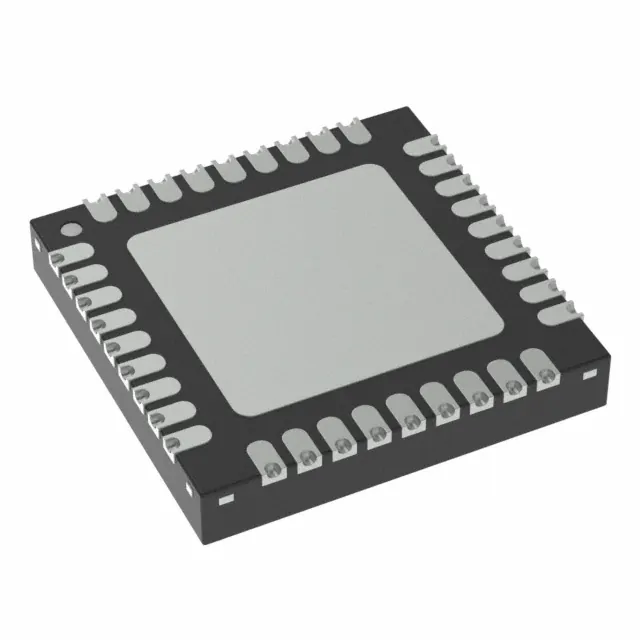 Semiconductors
Semiconductors









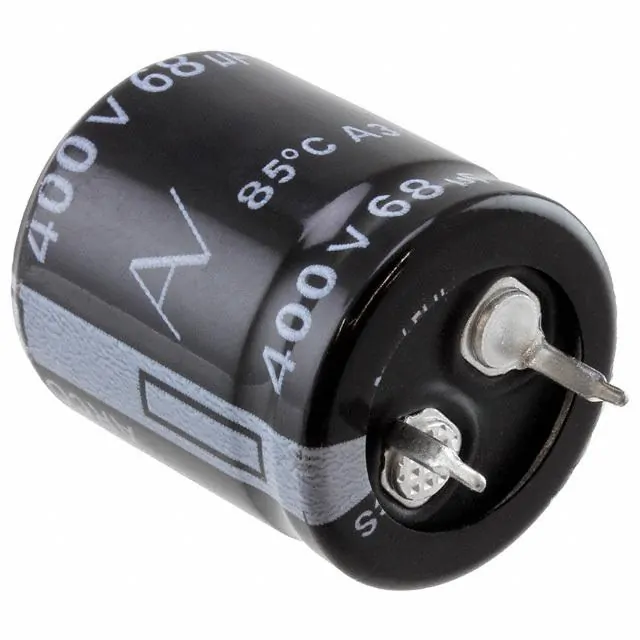 Passive Components
Passive Components









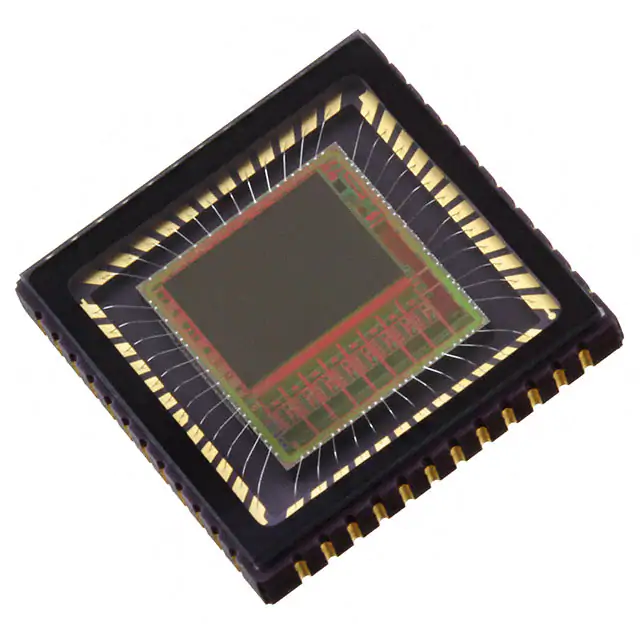 Sensors
Sensors








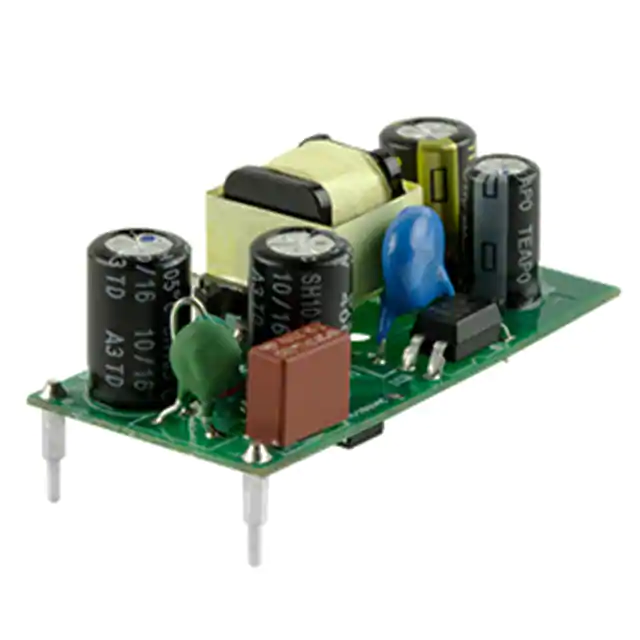 Power
Power









 Optoelectronics
Optoelectronics








